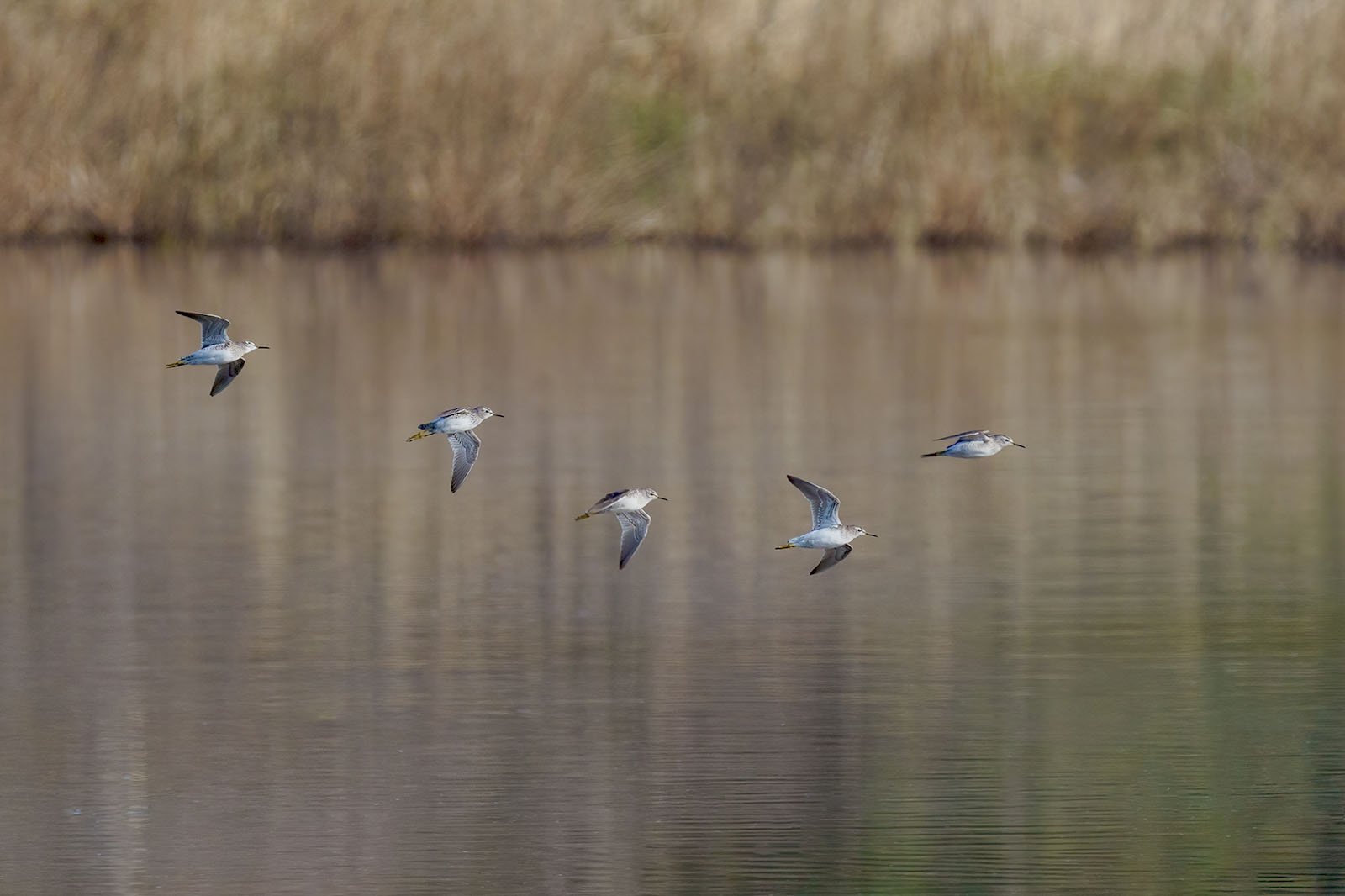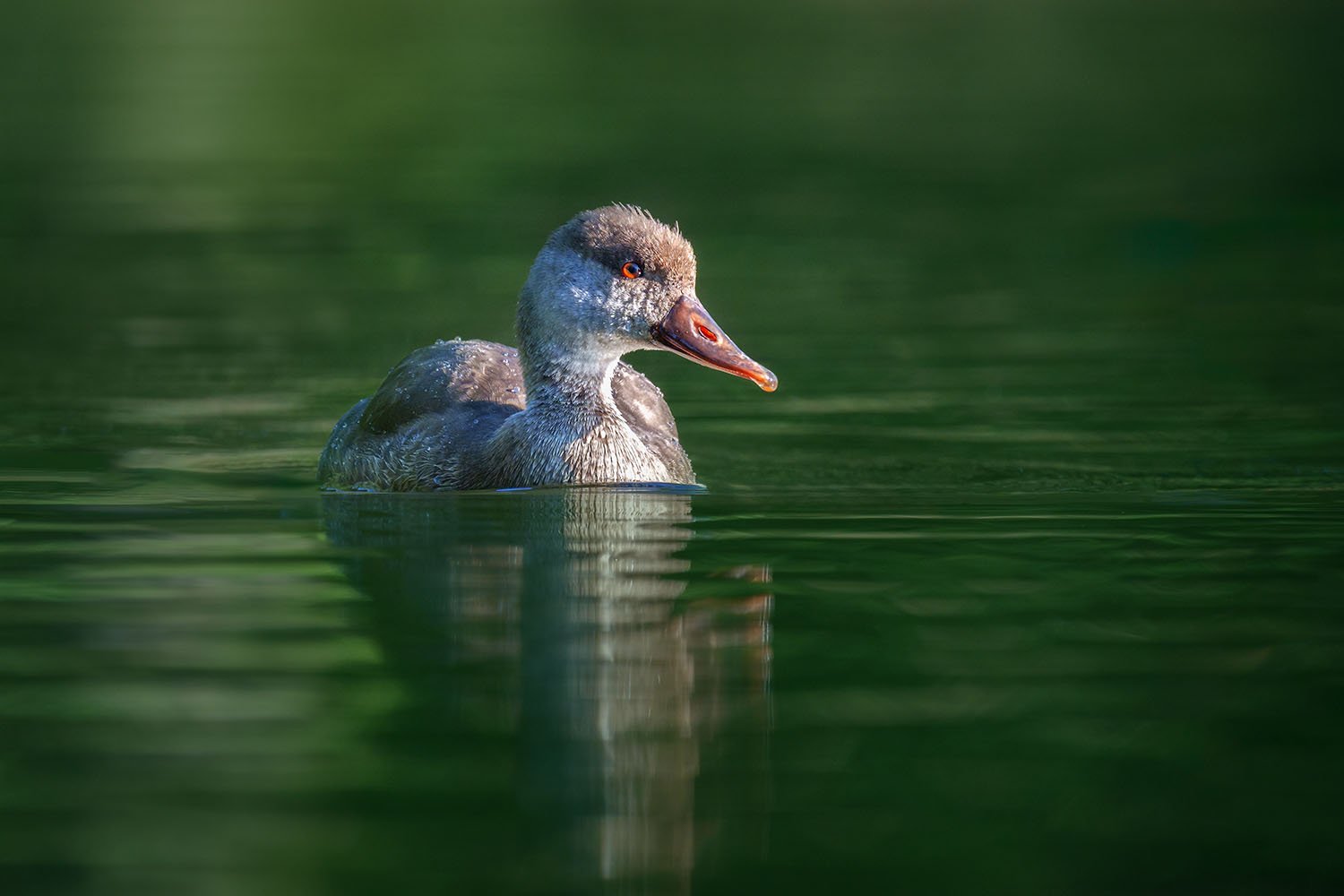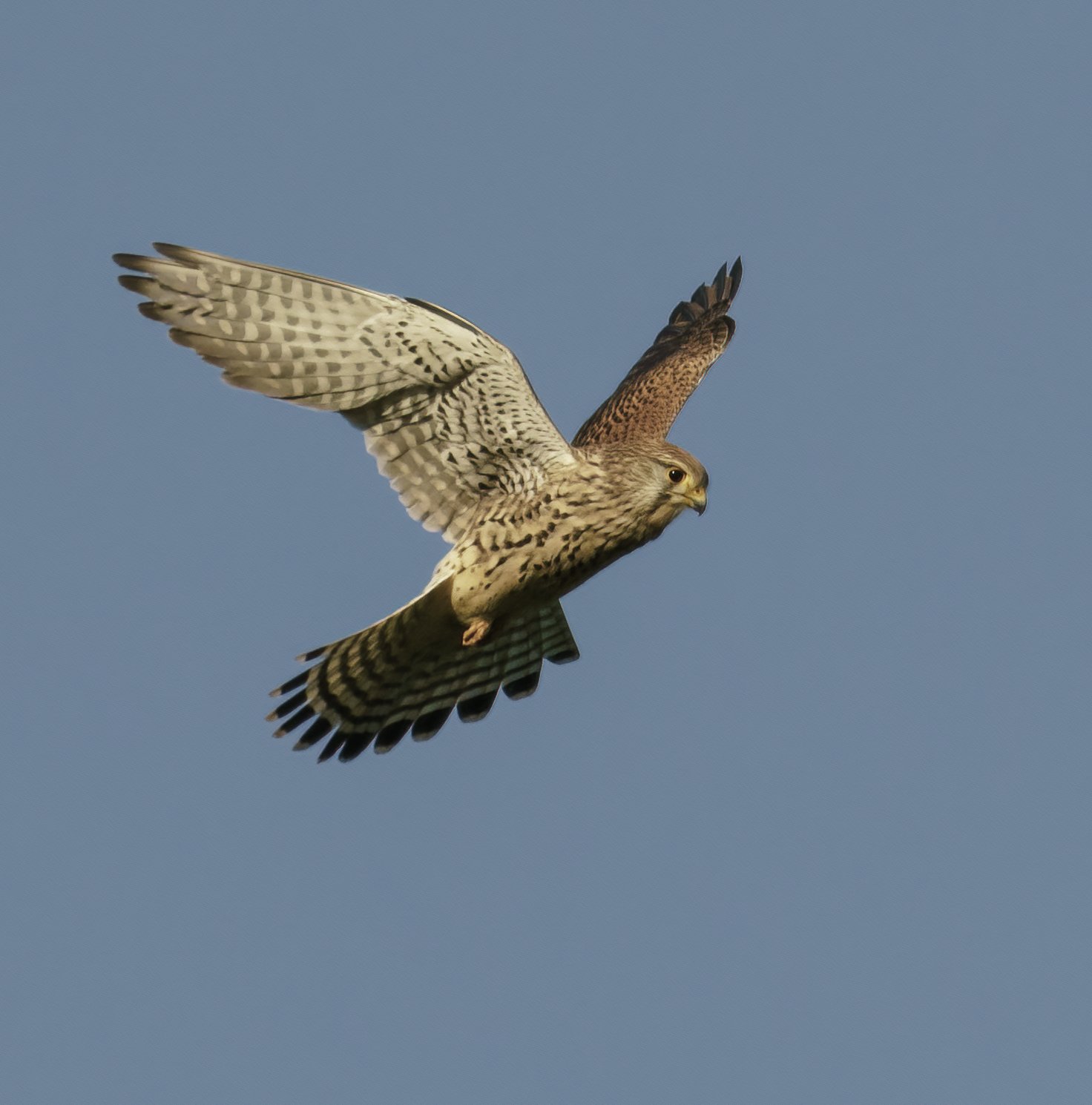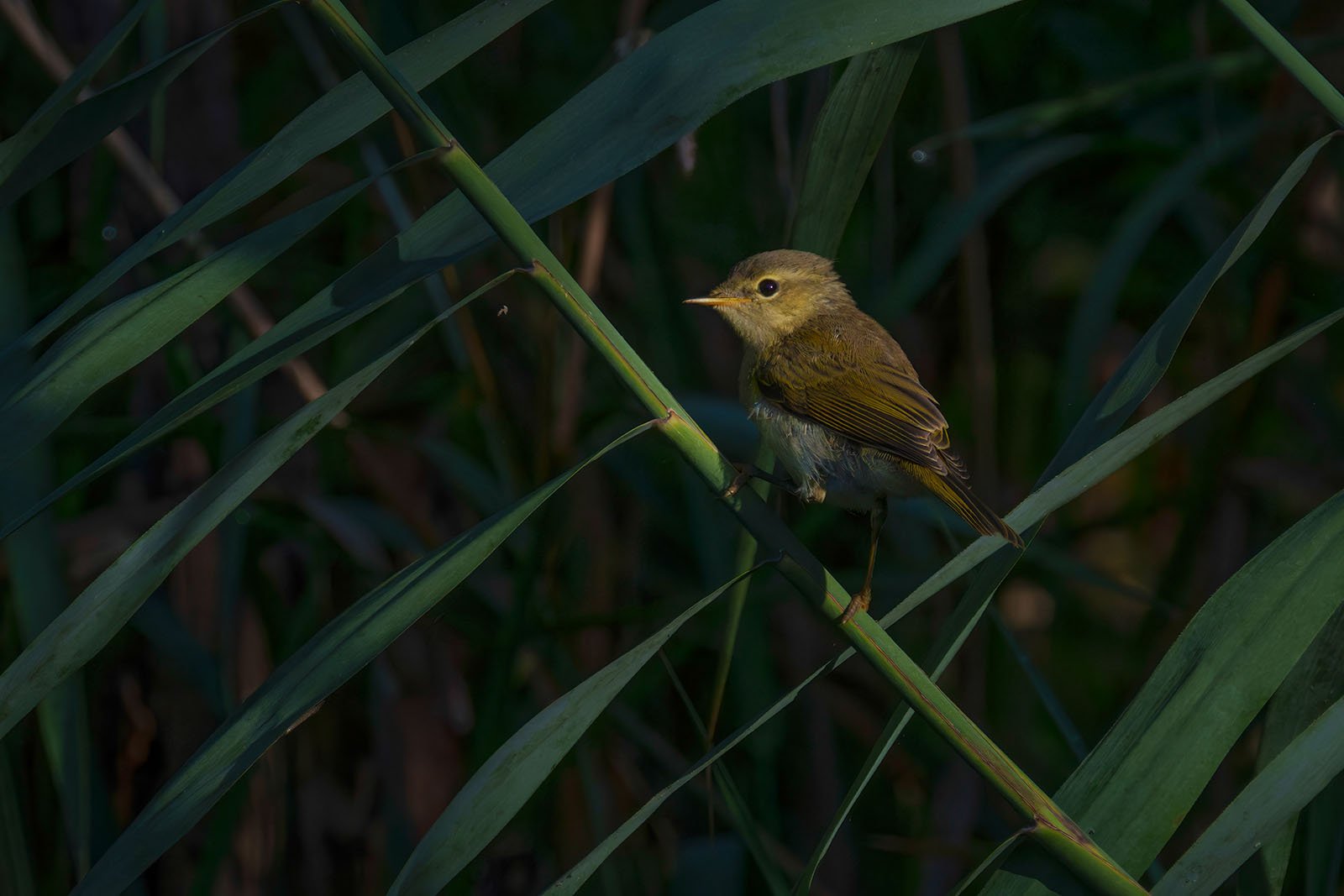Common tern (Sterna hirundo)
Common tern (Sterna hirundo) - Picture taken in the Upper Palatinate, Bavaria.
Key facts:
Size: 27 - 31 cm
Weight: 83 - 97 g
Diet: Small fish, crustaceans, and aquatic insects
Season: Migratory bird
Observation tip: Open coasts, river / inland waters with little vegetation
Photography tips:
Lens: From 400 mm
Difficulty level: Easy
The river tern (Sterna hirundo) belongs to the subfamily of terns (Sterninae) and is a widespread but not very common breeding and summer bird species in Central Europe. During migration periods, many migrating birds can also be observed in Central Europe.
The river tern resembles the common tern but is slightly smaller. Its body size ranges from 27-31 centimeters, wing length from 23.9-28.7 centimeters, and wingspan from 72-82 centimeters. Males are usually slightly larger than females. This slender bird species has a forked tail and a red bill with a black tip. The plumage is white to light gray, with the crown being deep black. In non-breeding plumage, the forehead is light, and the bill is black. The legs are red. Juveniles resemble non-breeding adults but have scale-like spots on the upper body. The crown is more brown than black, and the dark cap is less distinct and clearly defined than in adult birds.
Using plunge diving, the river tern primarily catches small fish, but mollusks and insects are also part of its prey spectrum.
The river tern breeds in a distribution area that extends from northwestern Europe to the Bering Sea in Eastern Siberia. In North America, it is found from Canada to the Caribbean. There are also isolated breeding populations in various regions, such as in northwestern and northern Africa, southern Africa, Australia, and southern South America.
As a long-distance migrant, the river tern winters in the tropics and in the temperate regions of the southern hemisphere. Breeding birds from the Palearctic spend their winter mainly along the west coast of Africa and are comparatively rare on the east African coast.
As breeding habitats, it prefers sandy and gravelly areas with little or no vegetation as well as primary dunes, salt marshes, and beaches in coastal areas. In contrast to the black tern, which breeds in reed beds, it avoids areas with lush vegetation. While the river tern was once widespread along major rivers inland, it is now mainly found on the coasts of the North and Baltic Seas. In some regions of eastern Germany, there are still inland breeding colonies, and in Bavaria, the population has recovered in recent decades. Nevertheless, the river tern is still highly endangered in Germany and is listed in category 2 of the Red List of breeding birds.




















